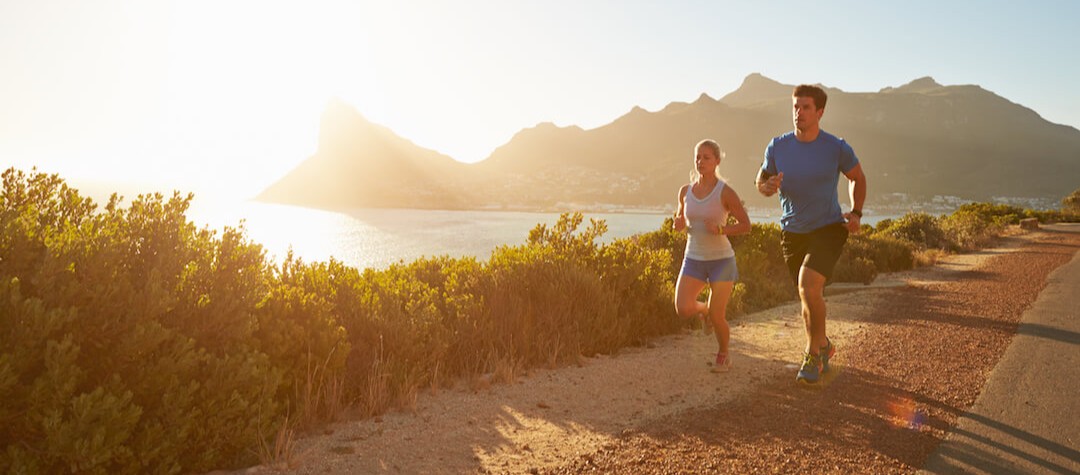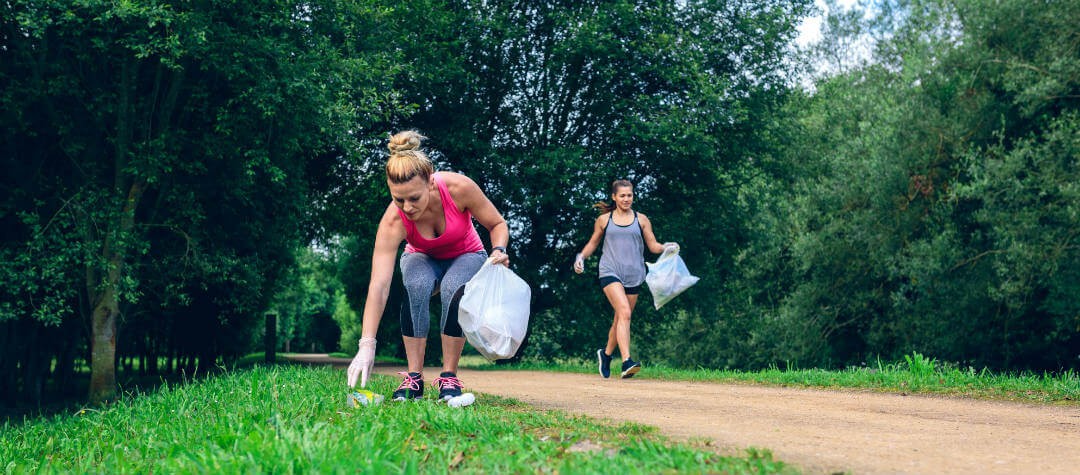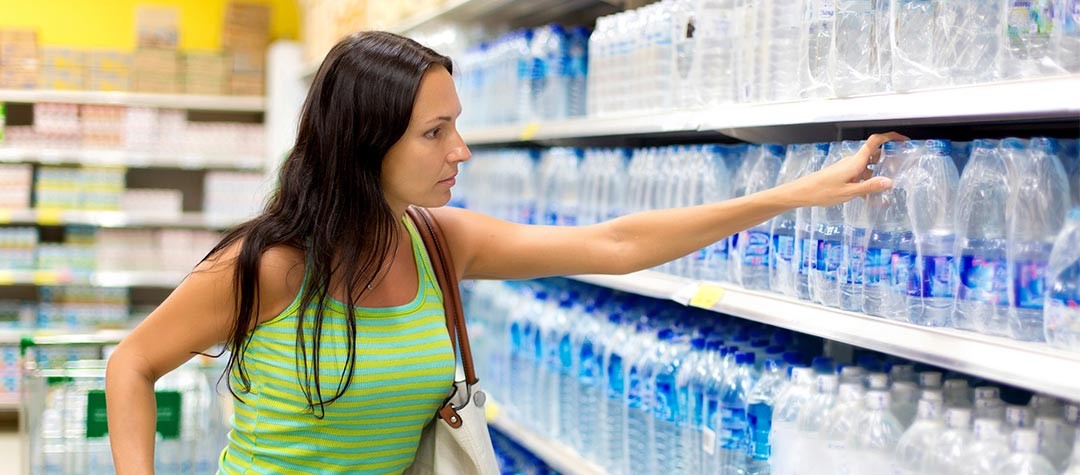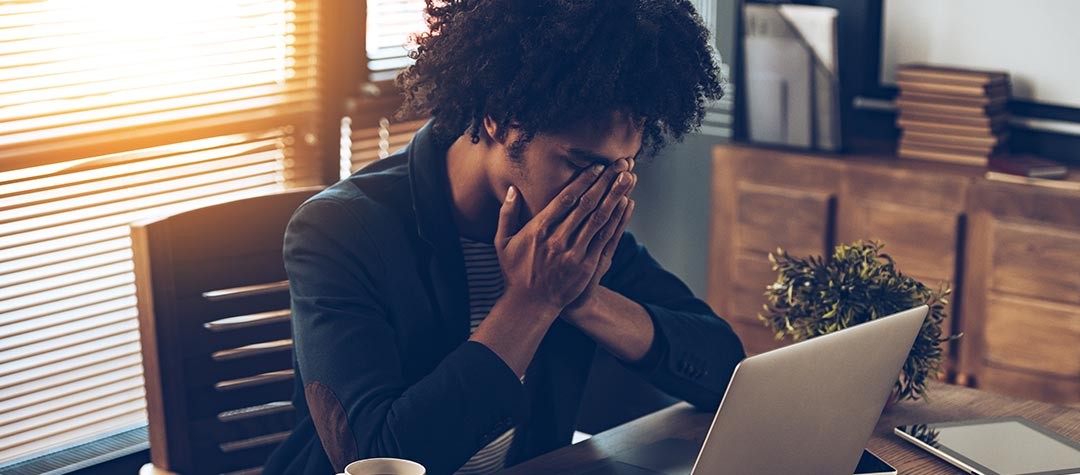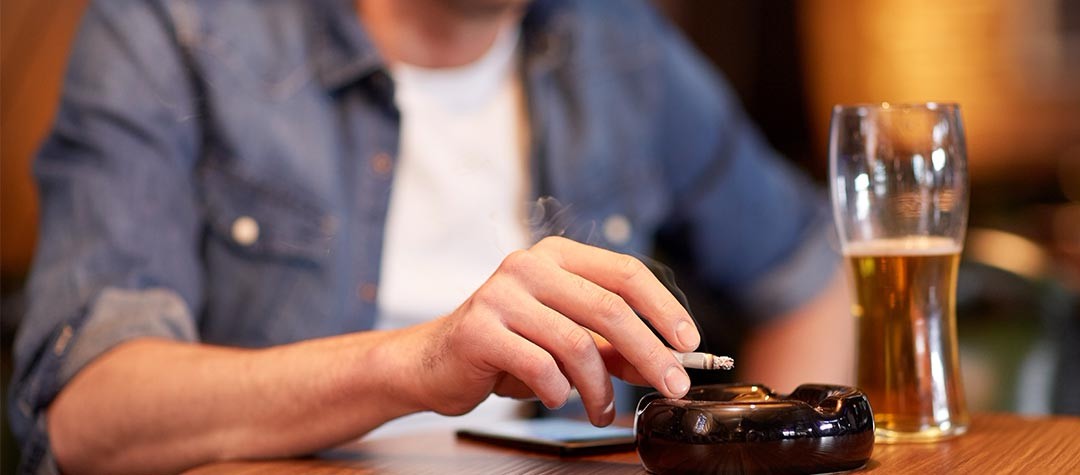'Alternative therapies' is a broad umbrella term for a large and diverse range of techniques used to preserve and maintain health – in mind, body and spirit. Alternative therapies can play an excellent role as a part of a healthy active lifestyle and finding both mental and physical wellbeing.
They are ‘alternative’ because they do not fit within the mainstream biomedical model of health and medicine upon which our western culture is built. Most alternative therapies are founded upon knowledge and practice of ancient indigenous cultures from around the world and some are built from derivatives of different ancient philosophies alongside modern knowledge and technology.
Holism
A theme that connects all alternative therapies is that of holism (hol meaning whole or wholeness). In other words, that mind and body are inextricably linked. We all know that our body can affect how we feel psychologically, and most of us are aware that our mind state can also be reflected in our physical selves. Stress at work might cause backache, a relationship breakdown might cause stomach problems, or anxiety about moving house might cause a migraine. Whatever the cause and the effect, the basic idea is that an imbalance in our emotional or mental state is often reflected in our physical health.
Energy
Another common thread among alternative therapies is the notion of ‘energy’ , ‘Chi’, ‘Qi’ or ‘vital force’. The concept varies between the cultures from which it was derived, however all conceptualise a ‘universal life energy’ that flows both within the physical body and sometimes also surrounding it. The physical, mental, emotional and spiritual well-being of an individual is understood to be held within the patterns and balance of energy flow of that particular person. Imbalances or ‘blocks’ in the energy can lead to physical, mental, emotional and spiritual problems. Alternative therapies aim to rebalance a person’s energy body and consequently improve the well-being of that person.
-
The Chinese system is founded upon the concepts of the opposing and complementary ying and yang energies, which flow in balance in health.
-
Both Japanese and Chinese systems conceptualise a series of meridians that network the body, much like veins and arteries, that transport energy around the body. A blockage in a meridian can cause disease.
-
Indian-based systems theorise balance in energy vortexes throughout the body called chakras which maintain healthy energy flow and balance.
-
European systems such as homeopathy rely on the idea of ‘vital force’ which is our life giving energy and when strong enables us to adapt and respond to our environment (including disease) in order to maintain health.
Within all systems the basic notion is the same, energy links our physical, emotional and mental selves. When this energy is disordered or imbalanced in some way, whether physically due to injury, or emotionally or mentally due to life experience, it causes disturbance that can lead to reduced well-being. Rebalancing the energy can encourage the mind and body to return to health.
Please note: always consult your doctor if you are concerned about your health and make sure you only take advice from trained and registered alternative therapy professionals.
Can alternative therapies help active people?
In sports medicine and the treatment of athletes health, there are two aims, firstly, to promote total recovery from injury and illness so that the athlete may return to his or her sport. And, secondly, to reduce susceptibility to illness and injury through maintenance of health and preventative measures.
An athlete’s performance relies on the highest level of healthy physical functioning coupled with huge mental and emotional strength in order to maintain drive and overcome psychological hurdles. Without emotional and mental health, alternative therapists believe it is impossible for the physical body to be at its peak performance level.
Alternative therapies can help both the physical and mental or emotional ailments of the athlete
Physically, alternative therapies can encourage the body to heal faster and more effectively. Massage and pressure-based therapies can help get oxygen in and toxins, such as lactic acid, out of the muscles to stimulate healing and relieve pain. Other therapies encourage cell regeneration and healing by directing and increasing the flow of energy to the injured area. All alternative therapies stimulate the body’s own self-healing mechanisms, supporting it in returning itself to peak health.
Psychologically , alternative therapies can help the athlete deal with the stress; emotional or mental, that can affect their performance. Moreover, it can help the athlete to find a sense of mental-space in which they can develop their focus and drive. After sports, and especially mentally exerting competitions, therapies can help the athlete relax and unwind.










